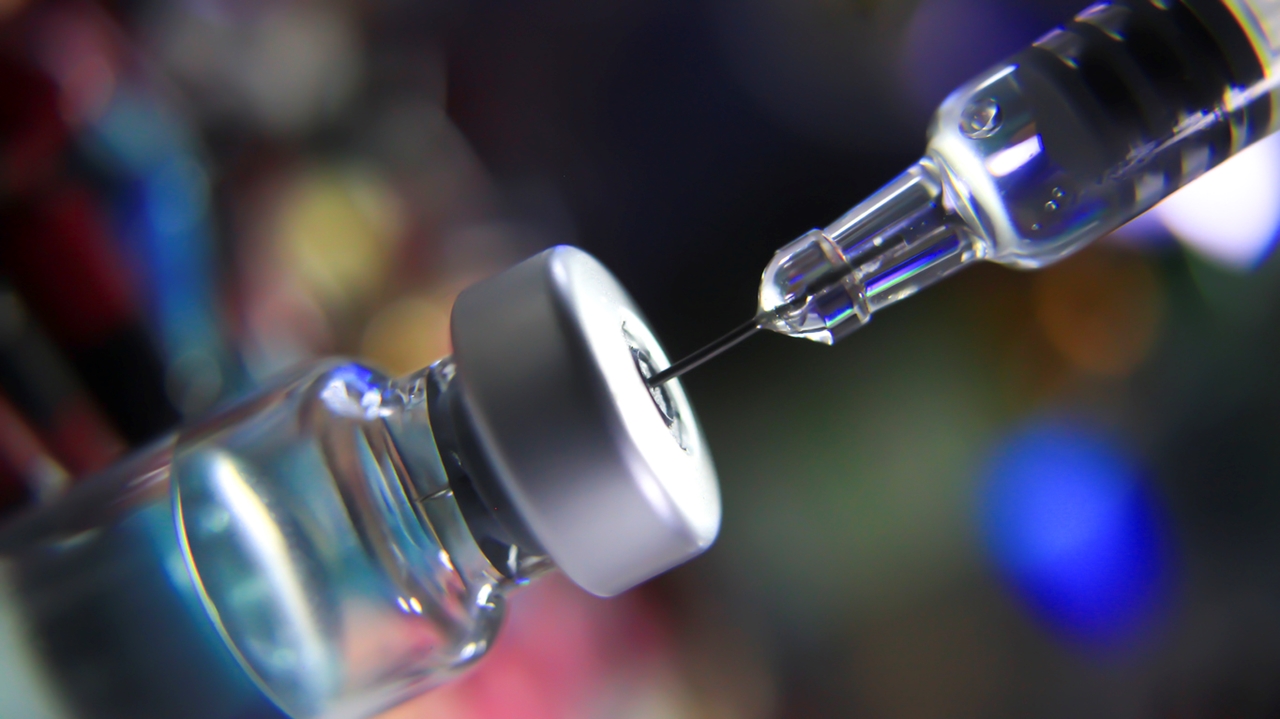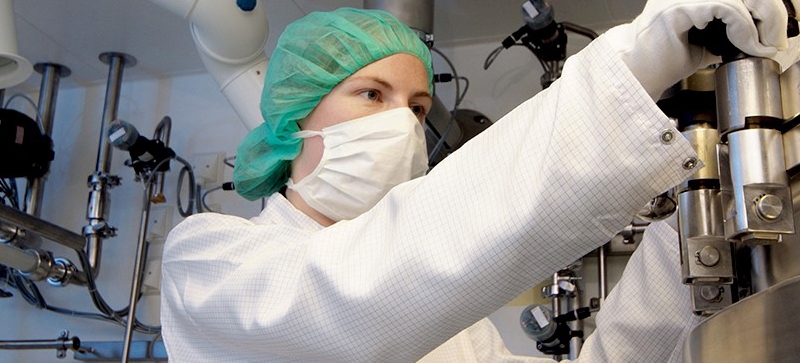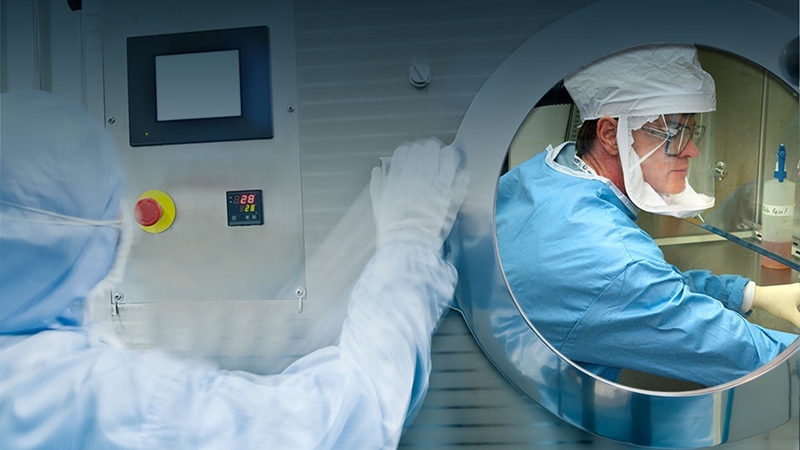Unsurprisingly, the spotlight was on Covid-19 at this year’s PDA Annual meeting – not least because all sessions had to be broadcast digitally. Despite this change, there were many interesting presentations and live discussions between participants and presenters. Read on to see the five top trends and insights from Anette Yan Marcussen, Managing Consultant in GMP and Compliance at NNE.
Rapid vaccination development a game-changer for the pharma industry
Covid-19 and the subsequent global vaccination effort brought aseptic manufacturing and Advanced Therapeutic Medicinal Products (ATMPs) to the forefront of people’s minds. Many presentations analysed the challenges and potential for growth in this unprecedented year in health and pharmaceuticals.
One issue arising from the pandemic is an ongoing drug shortage crisis. Other products have been down prioritized and there has been a supply shortage of raw materials alongside a lack of capacity. However, the rapid research, development, approval and production of Covid-19 vaccines in 2020 and 2021 shows just how much can be achieved in just one year.
Exploring potential for parametric release for aseptic manufacturing
A particularly good scientific presentation focused on the potential to use parametric release for aseptic processes. Compared to ordinary release, where manufacturers first make the product and then send it to quality assurance, parametric release is ongoing and could save significant time. Although this is still a work in progress, this innovative investigation could be beneficial in the future.
Annex 1 and PUPSIT: Pre-use Post Sterilization Integrity Testing
Testing the integrity of the sterilized filter PUPSIT was also a focus point. This requirement was published years ago, but only testing after-use has been enforced by the regulatory authorities. The industry is advocating against pre-use testing due to the risk of damaging or contaminating the filter beforehand. However, once Annex 1 is published, the authorities plan to enforce integrity testing pre-use.
The process of writing and commenting on Annex 1 has been prolonged, delaying the publishing date. Some expect it to be ready by the end of 2021, but 2022 seems a more likely scenario.
A call to unify fragmented Pharma Quality System guidelines
Karen Ginsbury presented her thoughts on Pharmaceutical Quality System guidelines (PQS) and how to influence regulators to unify and centralize guidance. Currently, PQS is described in standards like ISO, and several guidelines, including Annex 1, EU GMP and the ICHQ10 from 2008.
The authorities have also started to regulate PQS in different guidelines for aseptic, oral solid dosage and API manufacturing. Therefore, it is important that these are centralized and in alignment with what is already written to improve compliance. Karen Ginsbury suggested meeting with the Regulatory and Quality Advisory Board in PDA to discuss possibilities to influence regulators on this topic.
Biosafety cabinets for ATMPs now replaced by isolators
Another interesting point of discussion is the shift from biosafety cabinets to isolators for ATMP production. This trend was seen from both industry suppliers and regulators at the conference. In the future, it seems it will be cGMP to produce ATMPs (including stem cells) in an isolator instead of a biosafety cabinet, which will increase safety but also impact costs.
Stronger collaboration between the pharma industry and regulators
There is no doubt that 2020 was ground-breaking for the world and the pharmaceutical industry, with many previous biotech trends such as vaccine therapy moving forward at an unprecedented pace to save lives. An ongoing topic of discussion and debate at the PDA annual meeting was how to learn from this experience. How can we quickly develop new drugs and build a strong, ongoing co-operation between the industry and regulators? The hope is that this unique year will speed up the creation and production of new, safe medicine for patients in the future.



